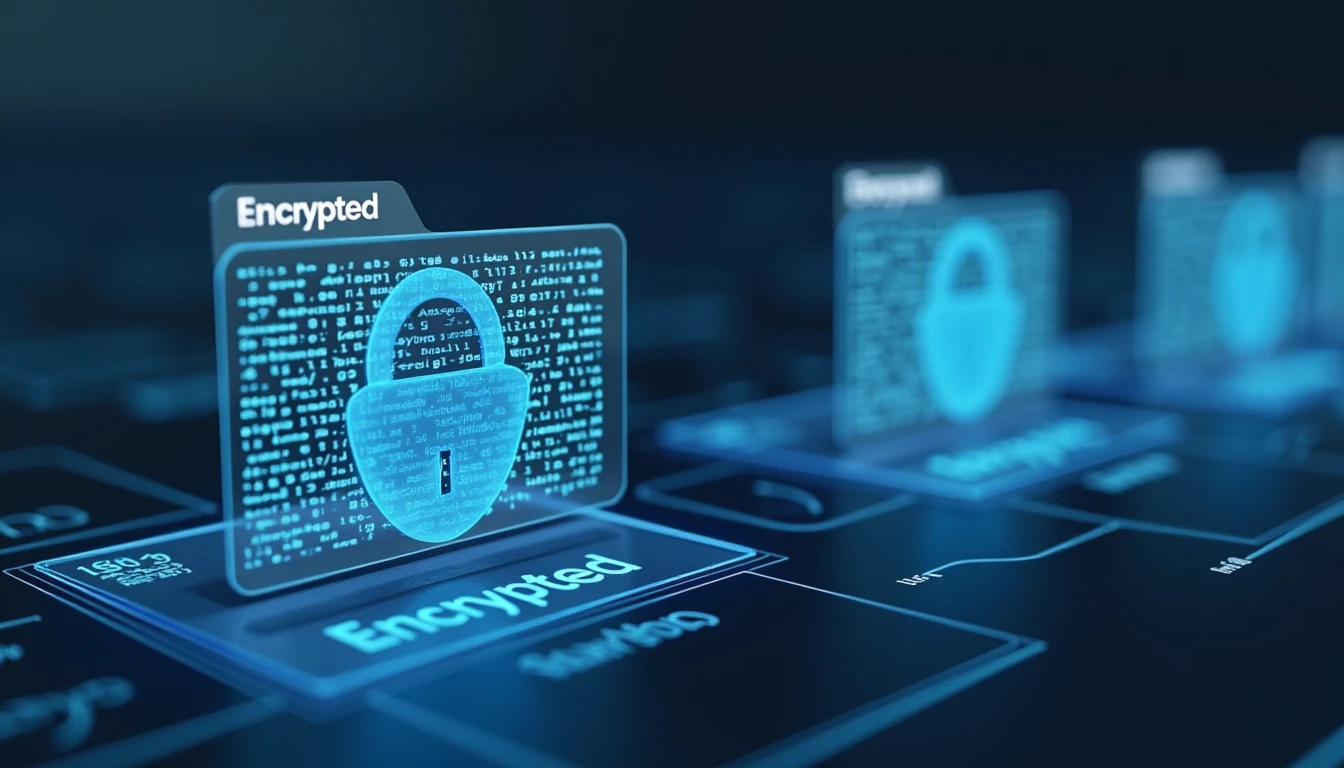Corporate espionage operates on a spectrum that ranges from low-level data theft by lone actors to high-stakes operations orchestrated by state intelligence agencies. While the methods vary, they share common threads: leveraging human vulnerabilities, exploiting technological gaps, and using psychological manipulation to bypass traditional security measures. For instance, a seemingly innocent LinkedIn connection might be a front for recruiting spies; a routine maintenance request could mask an attempt to infiltrate a network; or a harmless-looking email attachment might contain malware designed to exfiltrate sensitive data.
The digital transformation has only exacerbated these risks. Cyberattacks now account for over 80% of reported corporate espionage incidents, with attackers increasingly targeting cloud infrastructure and supply chain systems. These breaches are not random acts of vandalism but calculated attempts to extract strategic advantages that could take years to recover from. Moreover, the rise of AI-driven tools has lowered the barrier to entry for even non-technical adversaries. Machine learning algorithms can now identify patterns in vast datasets, bypass encryption protocols, or impersonate employees with stunning accuracy.
Businesses must adopt a proactive approach to counter these threats. This involves not just patching vulnerabilities but understanding the tactics and motivations of potential adversaries. For example, identifying whether an attack is aimed at stealing proprietary designs or disrupting production processes requires a nuanced response that balances immediate defensive measures with long-term strategic planning.

The Human Factor: Mitigating Risks from Insiders and External Threats
While technological safeguards are critical, they only address part of the puzzle. The human element remains one of the most significant yet underappreciated vulnerabilities in any security strategy. Employees, contractors, and partners often represent the weakest link in a cybersecurity chain. A well-timed phishing campaign could trick a trusted individual into revealing login credentials, while a disgruntled former employee might carry out an attack to exact revenge.
To combat this, companies need to implement comprehensive training programs that educate staff on recognizing suspicious activity. This includes teaching employees how to spot social engineering tactics, use multi-factor authentication (MFA), and report potential threats without fear of retaliation. Additionally, background checks and psychological evaluations should be part of the onboarding process for sensitive roles, while access controls ensure that only authorized personnel can handle classified information.
However, even with these precautions in place, there is always a risk of insider threats. To mitigate this, businesses should adopt zero-trust models where no single individual or system can compromise the entire network. This means regularly reviewing user permissions, monitoring data flows across all devices, and using AI tools to detect anomalies that might indicate malicious behavior.
The Digital Battlefield: Strengthening Cybersecurity Frameworks
The digital realm is a battleground where every byte of information must be protected with military precision. However, traditional firewalls and antivirus software are no longer sufficient in the face of advanced persistent threats (APTs) that employ zero-day exploits, supply chain attacks, or quantum computing to bypass defenses.
To stay ahead, companies need to invest in robust encryption protocols that shield data even when it’s at rest. Quantum-resistant algorithms and homomorphic encryption are emerging technologies that promise to safeguard information against future breaches. Equally important is the use of secure communication channels for internal discussions and external partnerships. Solutions like end-to-end encrypted messaging platforms or blockchain-based systems can prevent unauthorized parties from intercepting critical conversations.
Beyond technology, businesses must also establish clear policies for handling sensitive data in a connected world. This includes adopting a bring-your-own-device (BYOD) model with strict guidelines on what types of information can be accessed on personal devices and ensuring that all endpoints are patched against known vulnerabilities. Furthermore, implementing a comprehensive incident response plan is essential to minimize downtime and damage if an attack does occur.
The Future of Counterintelligence: Adapting to Emerging Threats
As the sophistication of espionage tactics grows, so too must the strategies for countering them. One key area of focus is leveraging artificial intelligence (AI) and machine learning (ML) to analyze vast amounts of data in real-time. These technologies can identify patterns that might indicate an impending attack or detect anomalies that suggest a breach has already occurred.
Another critical component is collaboration between public and private sectors. State-sponsored attacks often require national-level resources, making it imperative for businesses to share threat intelligence with law enforcement agencies. By working together, companies can build collective defenses against APTs and other forms of cyber espionage.
Finally, fostering a culture of cybersecurity awareness within an organization is equally vital. This involves not just training employees on best practices but encouraging them to report suspicious activity without fear of retribution. When everyone takes responsibility for safeguarding intellectual property, the chances of falling victim to corporate espionage significantly decrease.
Conclusion: Navigating the Perilous Landscape
Corporate espionage has evolved into a multi-billion-dollar industry that threatens the very survival of businesses worldwide. In this high-stakes game, the only way to stay ahead is by adopting a proactive and adaptive approach to security. From enhancing physical and digital safeguards to fostering a culture of vigilance, every step counts in protecting intellectual property from the ever-present threat of industrial spies.
The road ahead may be fraught with challenges, but by staying informed, prepared, and united, companies can navigate this treacherous landscape with confidence. The stakes are high, but the rewards for success—preserving innovation, maintaining competitiveness, and safeguarding trust—are immeasurable.
